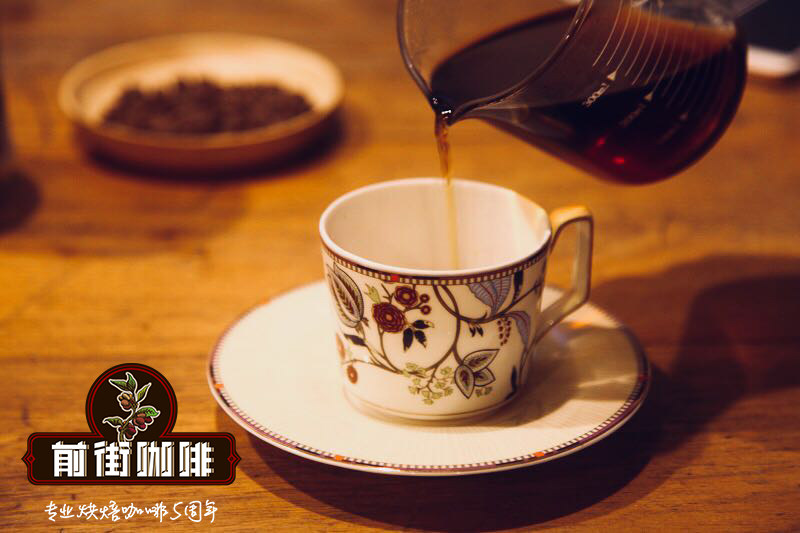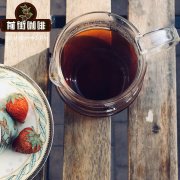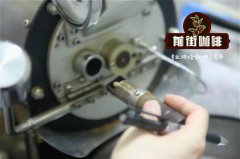What is Fair Trade? Is Starbucks Fair Trade Coffee Good?

Professional coffee knowledge exchange more coffee bean information please follow the coffee workshop (Wechat official account cafe_style)
Today, global trade is growing rapidly and global wealth has reached an unprecedented level. But at the same time, the disparity between the rich and the poor has also widened rapidly. the eight super-rich sit on half of the world's wealth, while the assets of the poorer half of the world's population have declined instead of rising. Eighty percent of the world's poor and hungry people are small farmers, fishermen, herdsmen and farm labourers who make a living by farming, with Africa being the most serious. In Africa, poor small farmers who work hard all day without enough food and clothing can be found everywhere.
Ethiopia is known as the birthplace of coffee and has a history of growing coffee for more than 3,000 years. Coffee has become a major local export. However, although Ethiopia is the producer of the highest quality coffee in the world, the lives of local farmers are still difficult, and the global coffee crisis triggered a collapse in coffee bean prices, plunging them into poverty. The Government of Ethiopia estimates that the sharp fall in coffee bean prices over the past five years has cost the country nearly $8.3 billion, dealing a severe blow to the local economy and the livelihoods of farmers and their families.
In 1999, Oxfam assisted in the establishment of the Oromia Coffee Farmers Cooperatives Union (OCFCU) Cooperative Alliance, which connects coffee farmers with the Fairtrade market, providing farmers with higher returns, increasing community facilities, improving productivity and improving farmers' lives. OCFCU consists of 34 farmers' cooperatives with a total of 23000 members.
In 2003, OCFCU recorded a profit of US $1.3 million for the first time. These profits allow each member to receive $25, which is enough to buy food for six months or to send three children to school for a year.
In addition, OCFCU also invests part of its return on community development projects, such as purchasing bean washing machines and cars to facilitate the delivery of coffee beans to the market. Various improvement projects help to improve the quality of coffee beans, and cooperatives can sell coffee beans at better and fairer purchase prices.
In addition, Fairtrade has made improvements to local education, and most of the Fairtrade community deposits have been used to build schools and improve classroom facilities to educate farmers' children to lift themselves out of poverty and change their lives with knowledge.
And many coffee beans are also billed as being produced under the rules of the fair trade game: good coffee beans that are socially fair and just (as opposed to non-bus beans that exploit soybean farmers).
However, boutique coffee is in fact less affected by fair trade. after all, the raw beans of famous coffee estates have long exceeded the minimum purchase price guaranteed by fair exchanges, but it has to be said that there may be some estates before their quality is improved and their fame is not well known. It may also benefit from fair trade and thus improve the quality of farming.
But fair trade also has its costs and limits. He is the elixir of bean farmers' lives. Or is it just morphine for the pain?
Important Notice :
前街咖啡 FrontStreet Coffee has moved to new addredd:
FrontStreet Coffee Address: 315,Donghua East Road,GuangZhou
Tel:020 38364473
- Prev

How to use the hand coffee maker and what kinds of hand coffee maker do you have?
Please pay attention to the coffee workshop (Wechat official account cafe_style) the hand coffee maker is now the most widely used coffee pot in the world, it allows people to make mellow and delicious coffee in a short time, but coffee is imported to domestic people, and people do not know much about the use of coffee makers. Today, the editor specially introduces this knowledge, which can make everyone's opponents.
- Next

Is there anything special about the flavor of Fairtrade coffee? What is the way of Fairtrade coffee?
Professional coffee knowledge exchange more coffee bean information Please follow the coffee workshop (Wechat official account cafe_style) Coffee is the second largest commodity in global trade after oil, with tens of millions of people engaged in coffee cultivation, processing and trade. In Ethiopia, 1 / 5 of the country's population makes a living by growing or processing coffee, accounting for 65% of the country's total exports
Related
- Beginners will see the "Coffee pull flower" guide!
- What is the difference between ice blog purified milk and ordinary milk coffee?
- Why is the Philippines the largest producer of crops in Liberia?
- For coffee extraction, should the fine powder be retained?
- How does extracted espresso fill pressed powder? How much strength does it take to press the powder?
- How to make jasmine cold extract coffee? Is the jasmine + latte good?
- Will this little toy really make the coffee taste better? How does Lily Drip affect coffee extraction?
- Will the action of slapping the filter cup also affect coffee extraction?
- What's the difference between powder-to-water ratio and powder-to-liquid ratio?
- What is the Ethiopian local species? What does it have to do with Heirloom native species?

